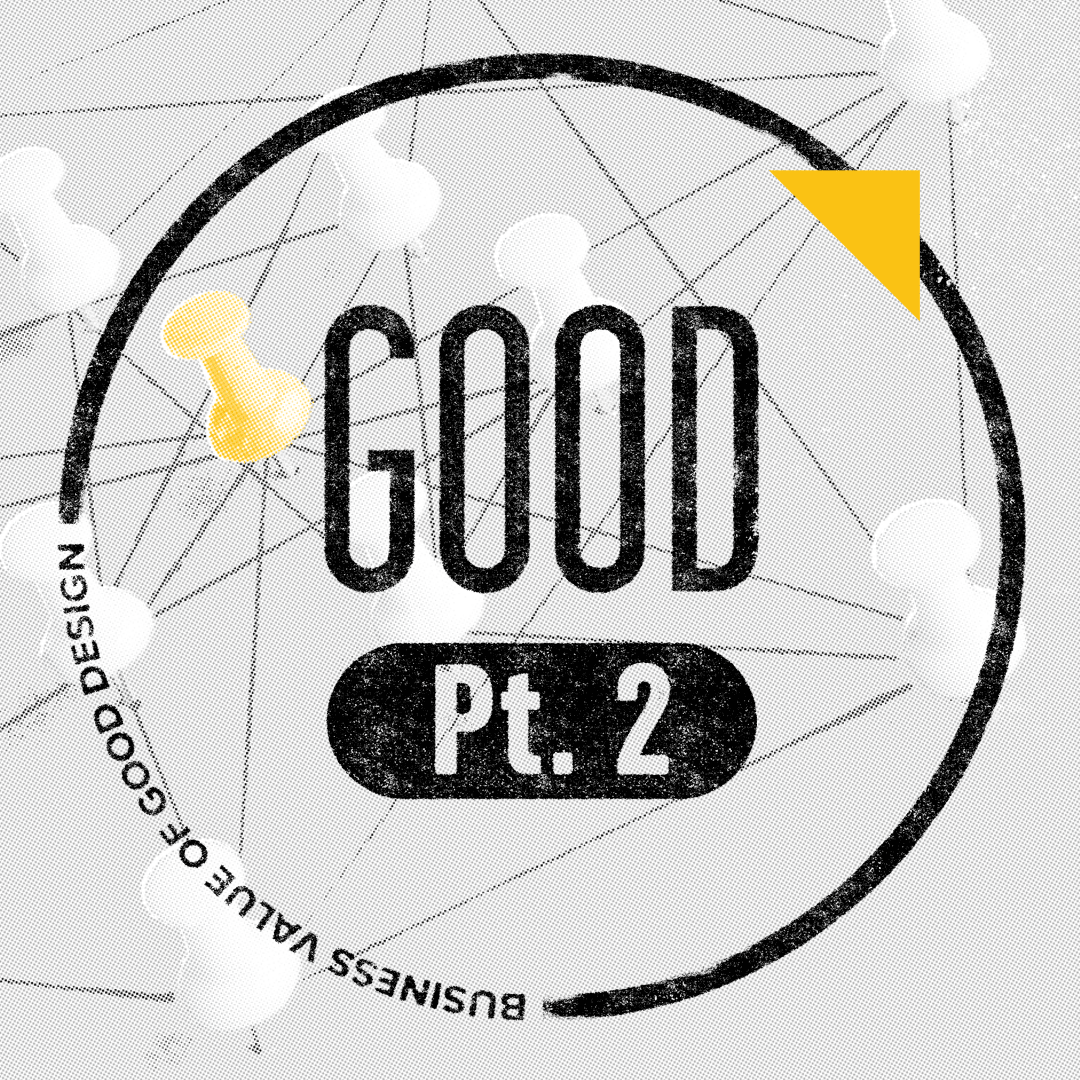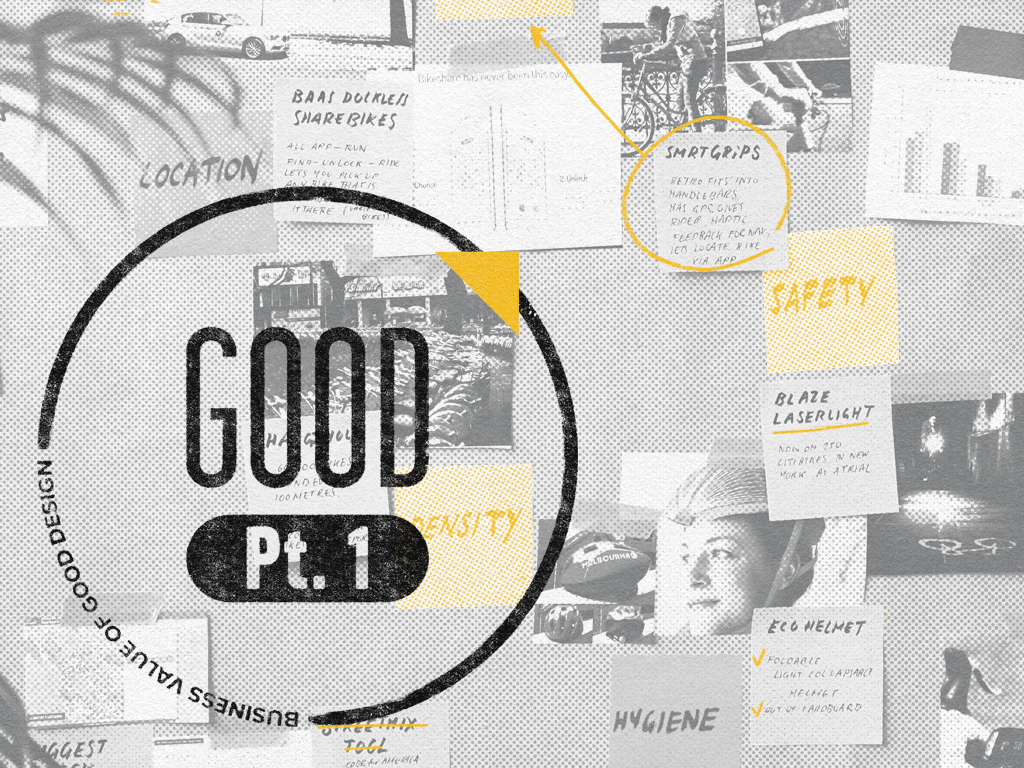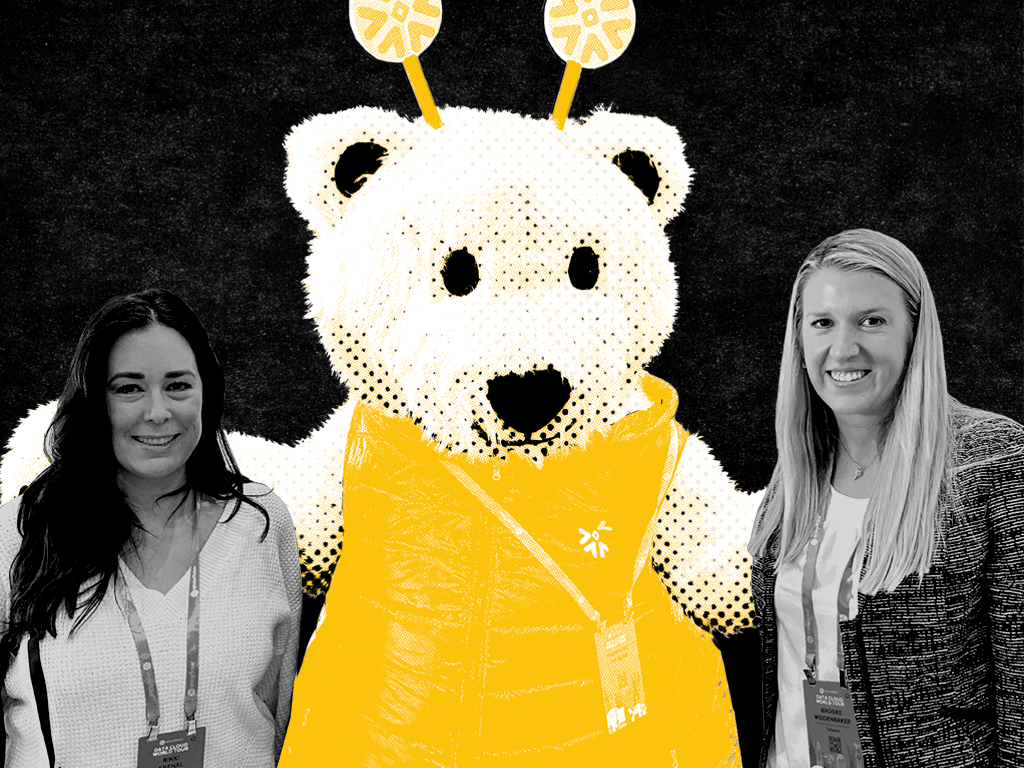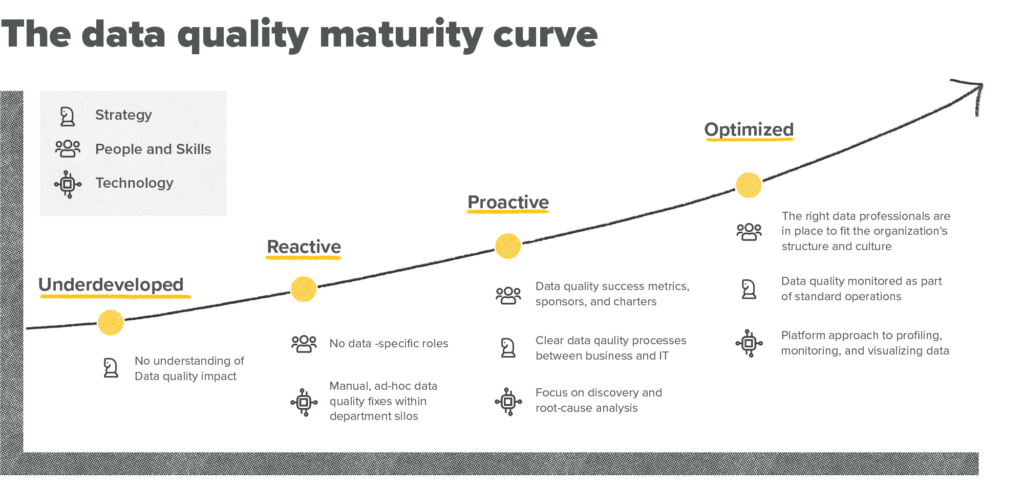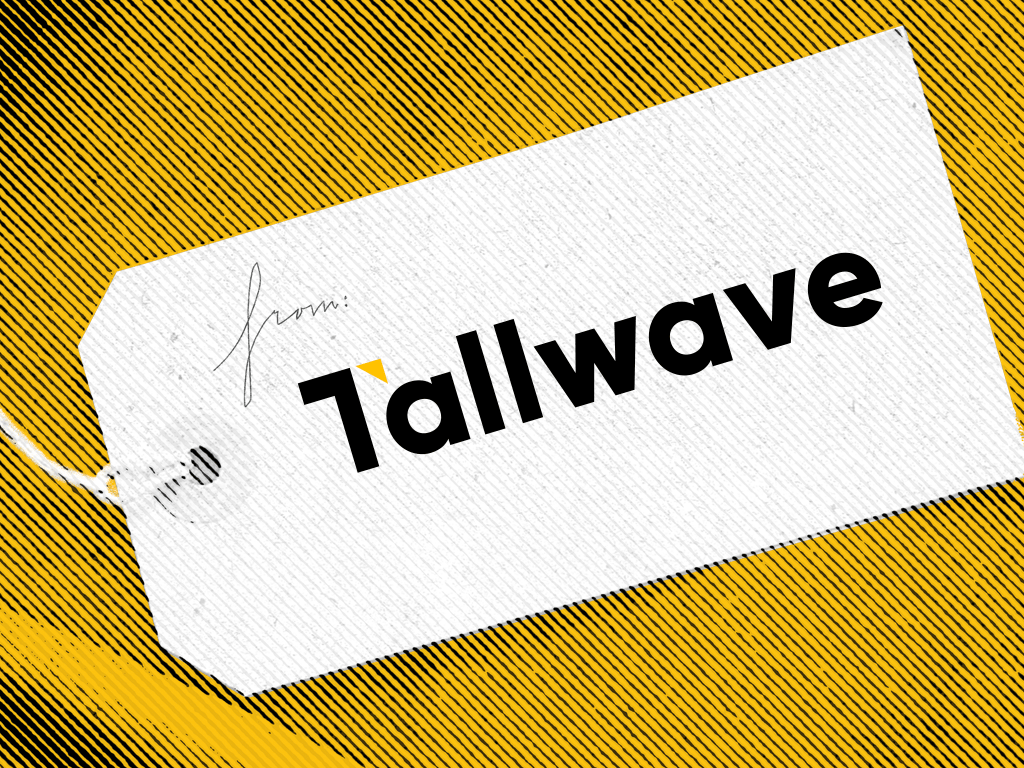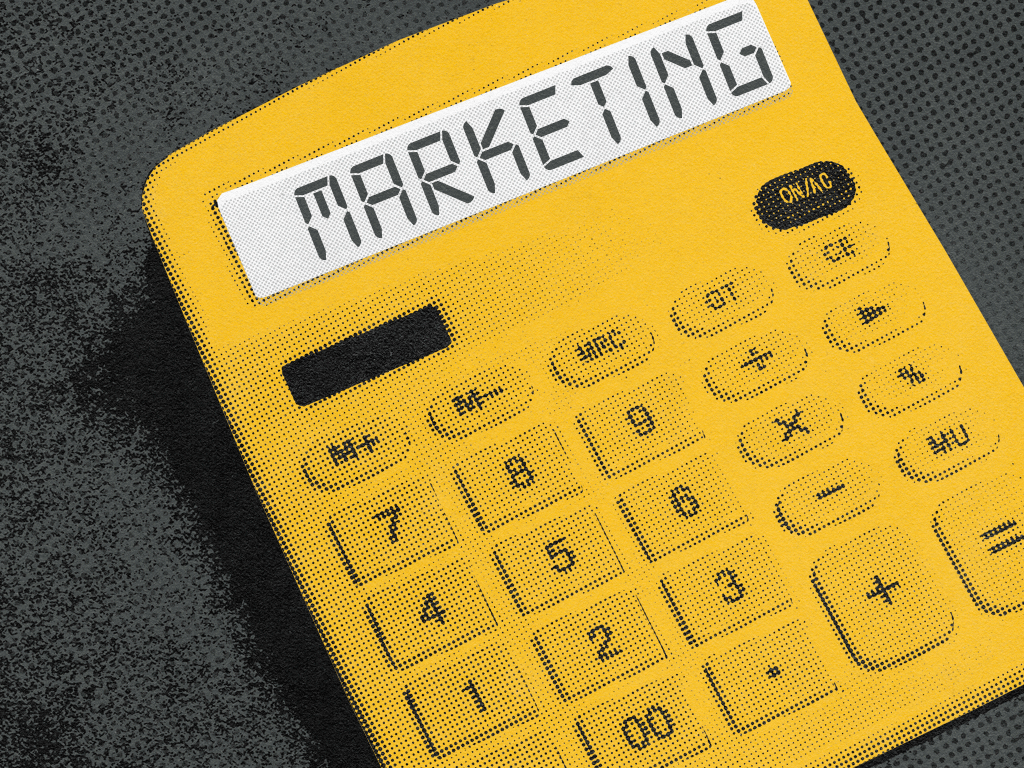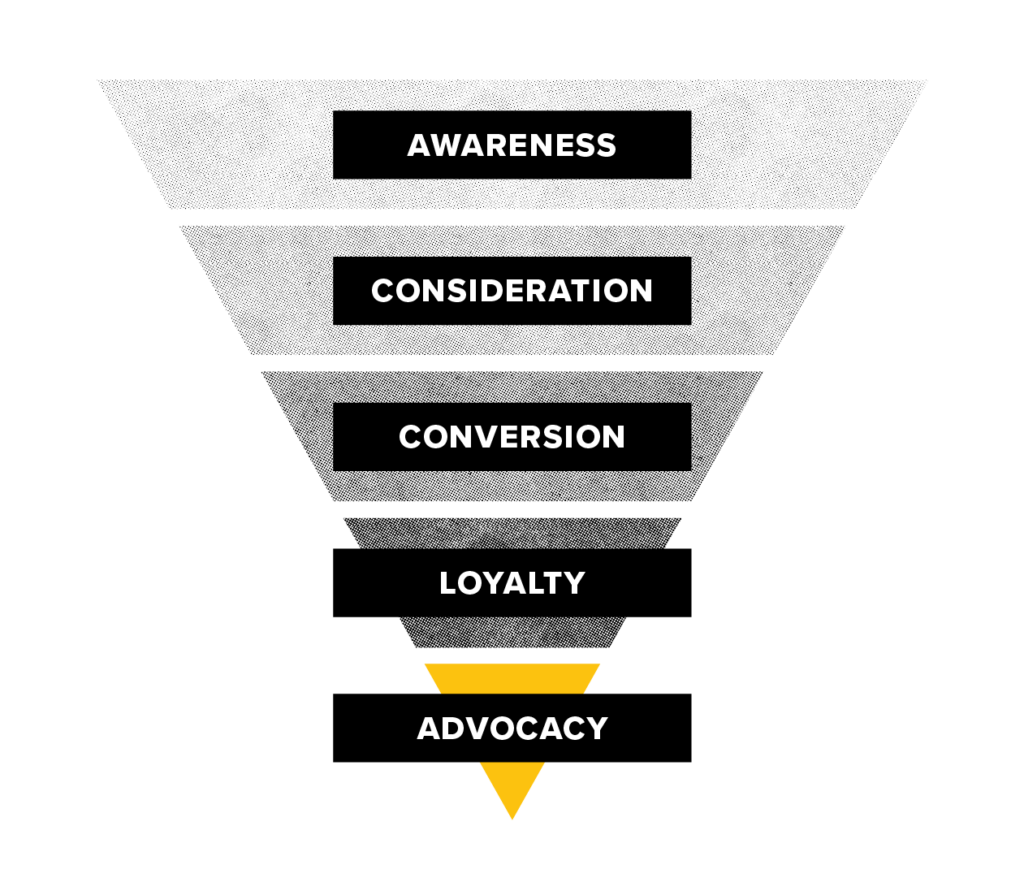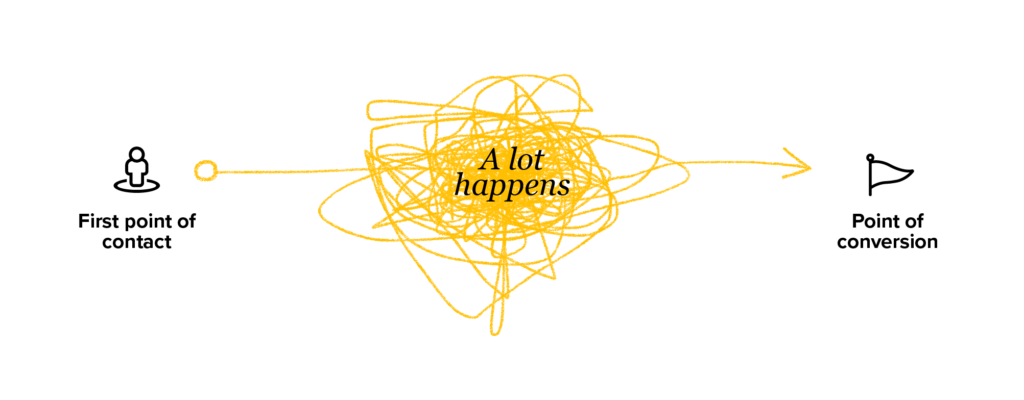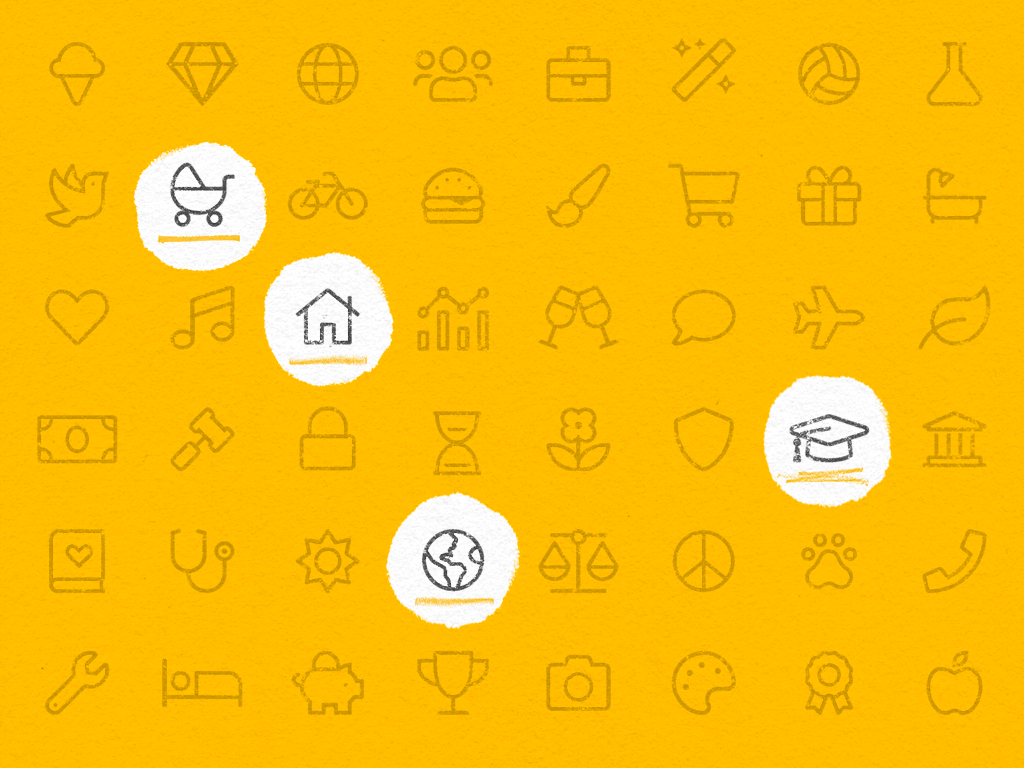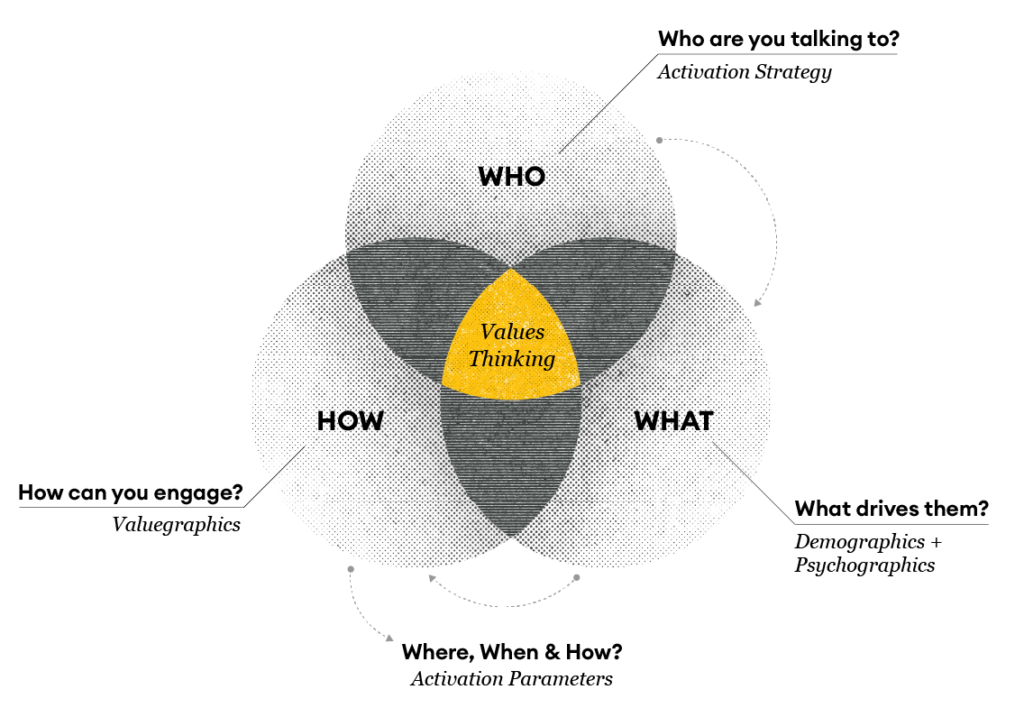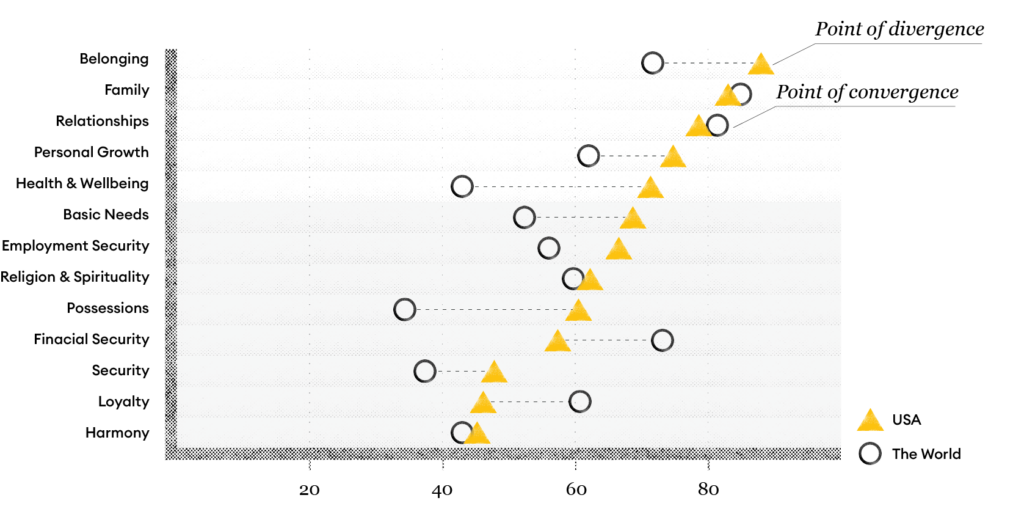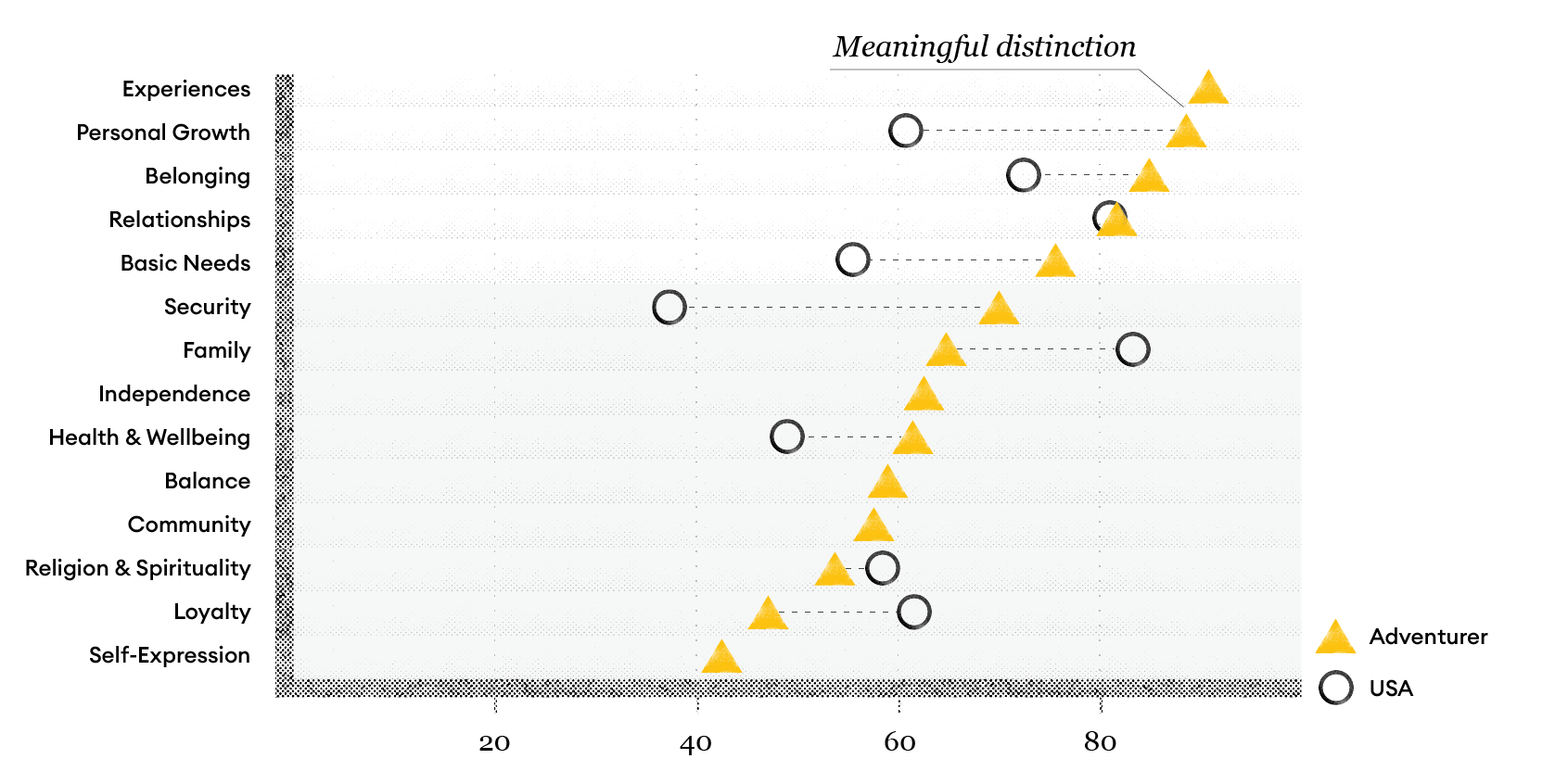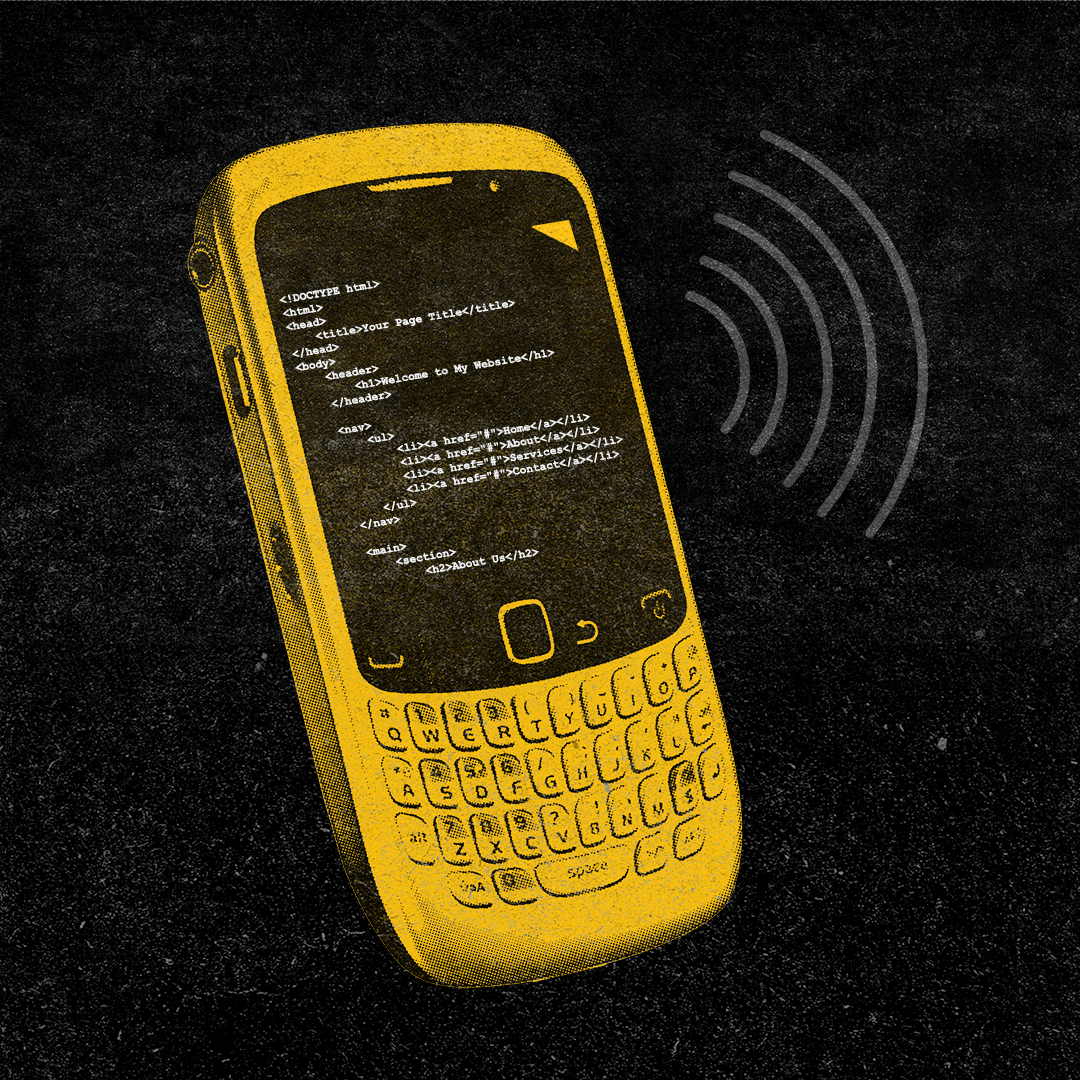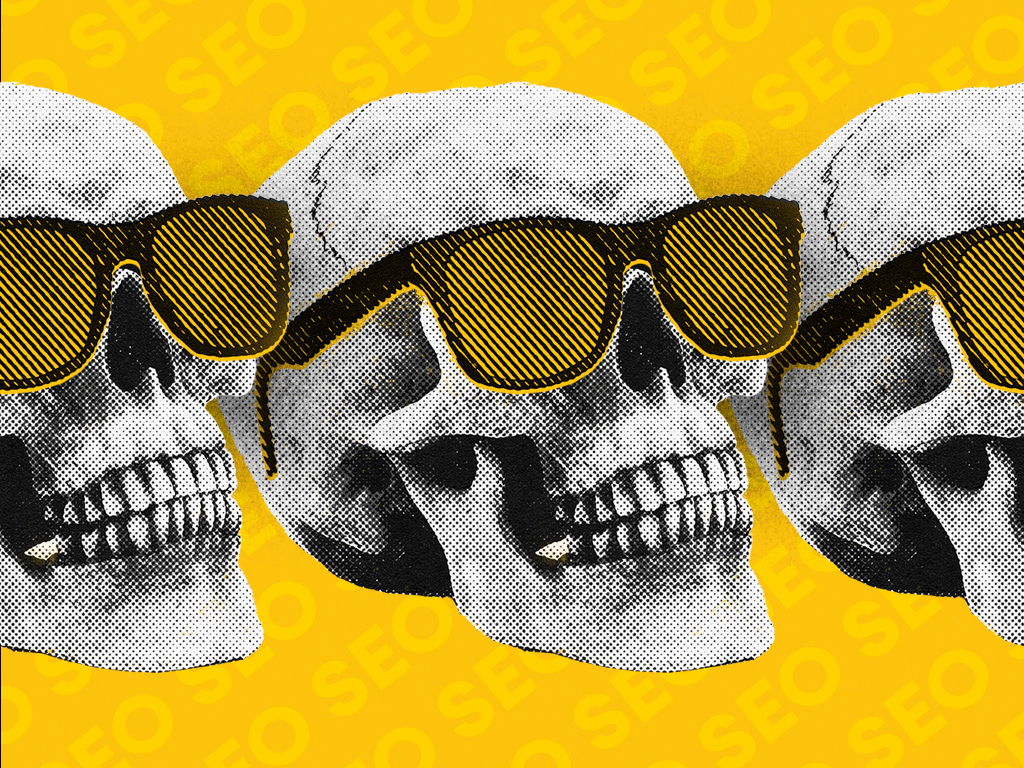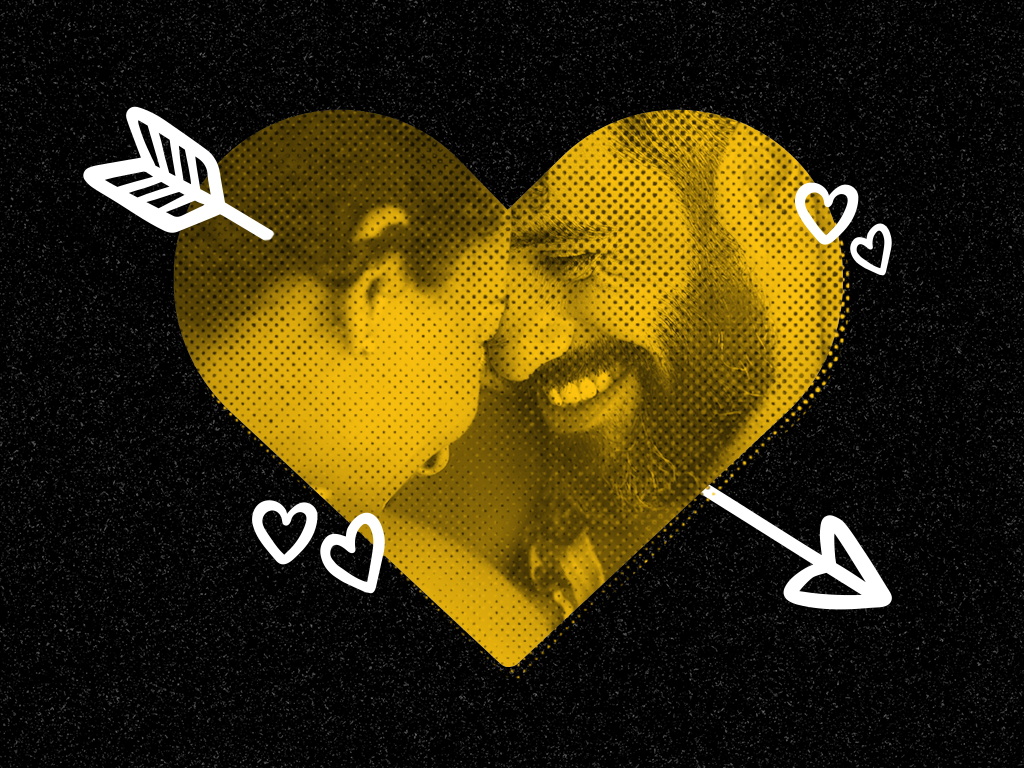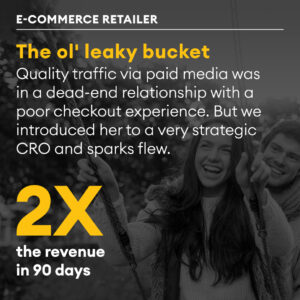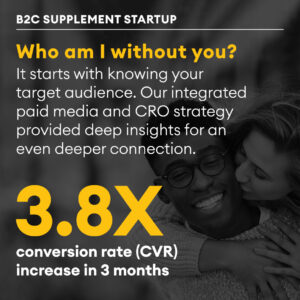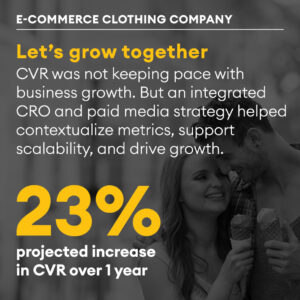About this series: Great products are not just about great functionality, pretty graphics, or even revenue. Great products are about solving problems for the people who use them so well that they return again and again. It’s easy to miss the needs those humans have when focusing on the individual components from a specific (and inherently limited) perspective. Each department in your business sees a different part of the story and a different way that customers engage with products. As we continue to explore the business value of great design, remember that only the BEST problem statements deliver the best designs. And when it comes to delivering the best problem statements, cross-functional teams have the advantage. Let’s unlock the potential of great design as the ultimate path to great business and how cross functionality advances it.
See the first installment of our three-part series here: Define the problem, not the solution.
What happens when teams align?
Design excellence requires more than individual brilliance; it demands diverse talents and perspectives. Digital products today are so easy to build that great digital products must shine brighter than most, which means solutions must be sourced from across the business landscape and not just from one person or team. Collaboration is pivotal for exceptional design and each player has a vital role toward innovation in product development and customer experience.
There is power that arises when different disciplines converge, contributing their unique insights to sculpt a solution and then align on building that experience together. Let’s look at the magic that happens when teams align for collaborative product development.
Introduction to cross-functional teamwork
The concept of cross-functional teamwork is easy to grasp; when more perspectives are available, there should be fewer gaps during design and build. Executing well on a cross-functional team, however, can be incredibly challenging and depends on many factors, including leadership, organizational structure, time and talent available, and individual personalities. Much of the challenge of effective teamwork in general is alignment. It can be difficult for a company to work toward a single strategic goal if one team is doing something radically different. Cross-functional teams have a distinct advantage in this situation as they can draw on team members’ experiences from various disciplines to move toward a singular goal. Collaborative product development enhances efficiency and becomes a cornerstone for cultivating a culture of creativity and adaptability within an organization.
When companies organize by customer experience or mission rather than by feature or technology stack, there is a lot of opportunity to build cross-functional teams with shared goals. This strategic approach allows a customer outcome to be analyzed and improved from various perspectives, unlocking gaps or opportunities that might have otherwise been missed. Think about a customer that is signing up for a new software product. In that single customer experience, they will likely encounter the general marketing of the company and the product itself, as well as welcome emails, onboarding tutorials, and probably a community of users, not to mention new targeted social media ads. In a cross-functional team, there are a lot fewer gaps than if different team members handle each of those customer touch points.
Building cross-functional teams
At the heart of building effective cross-functional teams lies the intentional structure of diverse skill sets to propel creative problem-solving. That doesn’t mean that all skill sets are required all the time. Building a cross-functional team is as much about communication and timing around when and how skill sets are brought together. Understanding how and when to bring team members in and out of the conversation (with the right amount of context and background) is a skill that each organization must build and refine.
As we shared in the first part of this series, great design starts with a strong problem statement. But problem statement development can also be the starting point for effective cross-functional collaboration. Sharing qualitative and quantitative UX research results across a diverse team to build a great problem statement will ensure that the right team members are being consulted for the cross-functional team to create the best customer experience to solve that problem. It’s useful to bring various stakeholders together during a solutioning conversation, essentially beginning with the ‘entire’ team to get perspectives on the customer experience and potential solutions. It might seem like a design or marketing team is all that’s needed in this ideation stage, but it’s incredibly valuable to bring varying perspectives in at this point. After that, it’s more useful to think of all of those participants as stakeholders who need to be ‘informed,’ but the responsibility will shift from department to department as the development progresses.
As in the example above, there are various customer touchpoints that different teams might own, but all of the stakeholders involved need to be informed each step of the way in order to ensure a cohesive customer experience. For example, when the marketing website for a new product is being launched, the product design team needs to ensure that the expectations set on the marketing website reflect the realities of the final product. Similarly, the customer success team needs to ensure they aren’t asking customers for information they’ve already provided via the marketing website or other pre-sales activity. By keeping these cross-functional team members informed, they can hold each other accountable for gaps, missed opportunities or missed expectations throughout the customer experience.
Critical information for critical stakeholders
Cross-functional teamwork is vital to the success of a good product but that doesn’t mean that each stakeholder must be present for each conversation. Being efficient when sharing critical information can really elevate the communication across team members. Documentation and communication needs to go beyond live, collaborative communication to consider how to effectively institutionalize critical information in a way that contextualizes it for different stakeholders while driving alignment to an overarching vision and topline business goals. These versatile communications become more than just documents or “updates;” they evolve into powerful tools that communicate a unified vision, fostering cohesion and alignment among teams and organizations. A well-built roadmap is an excellent example of a flexible communication strategy that can share the most critical information to a variety of stakeholders. When presenting to leadership, the roadmap can be collapsed to only show the highest level strategy and initiatives. As conversation is required and/or different stakeholders are included, the roadmap can be expanded to show various tasks and strategies that will come together to deliver the initiatives. Leveraging communication tools that can adapt to the intended audience is a valuable way to keep communication up to date across team members.
Summing it up: Embrace a collaborative process
Creating and fostering a strong cross-functional and collaborative culture may not be the most obvious enabler to exceptional product design. But the impact of driving diverse perspectives into the product design process is key to unlocking its full business value. It can be difficult to create a highly collaborative environment, particularly when time is tight, the strategic importance of collaboration isn’t clear, and organizational silos get in the way. Enlisting the help of a neutral third party can be an effective way to broker buy-in on the value of strong cross-functional collaboration, align priorities across different teams and departments, and challenge historical organizational silos. Beyond the product design strategy and execution support we provide to our clients, we often find that the role we play in uniting cross-functional teams behind a common goal and achieving a shared point of view is equally valuable.
Are you ready to embrace a cross-functional and collaborative design process led by a strategic partner? Tallwave is ready to get to work and help your organization excel. Let’s talk.

